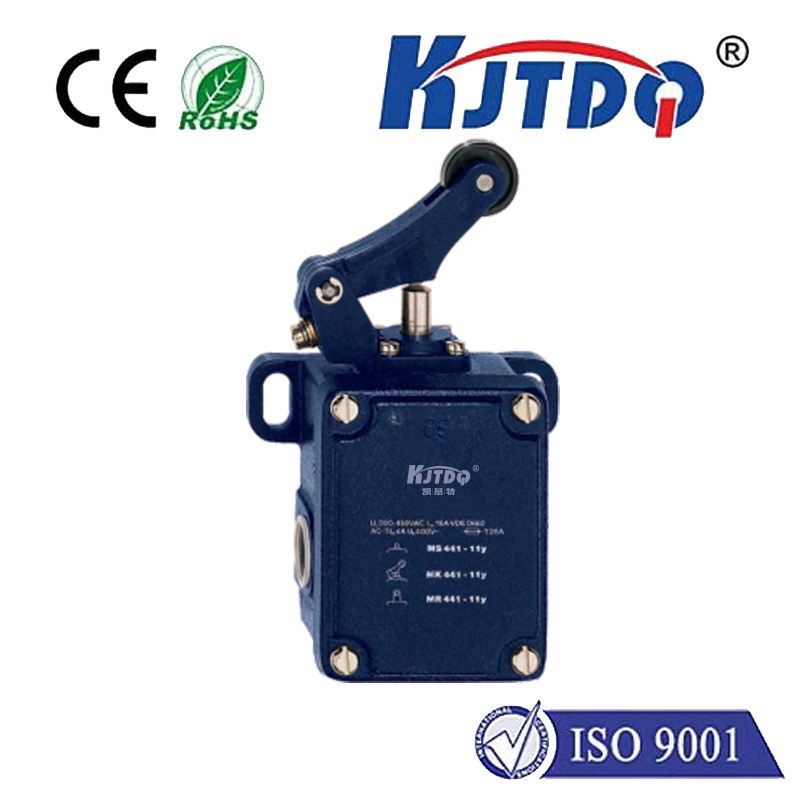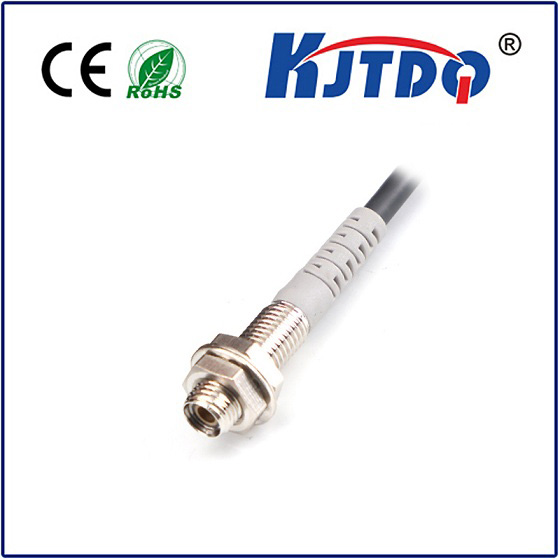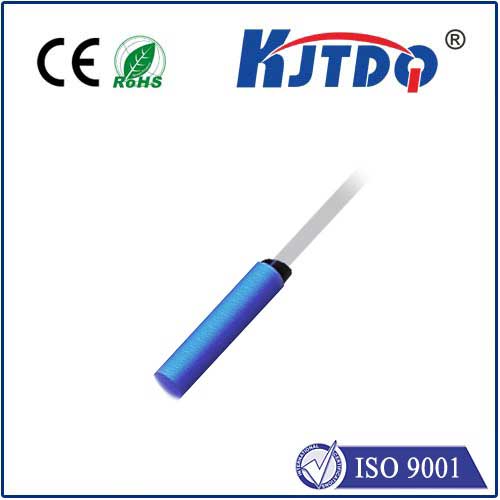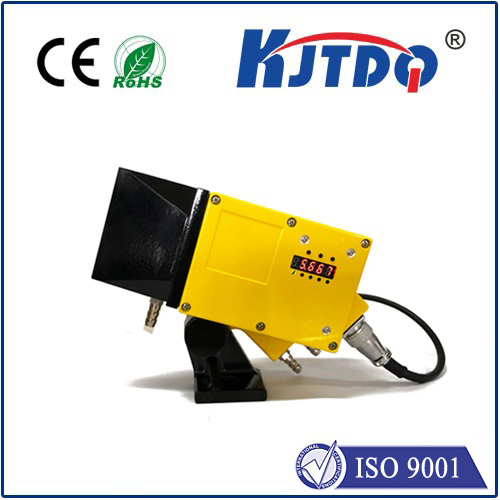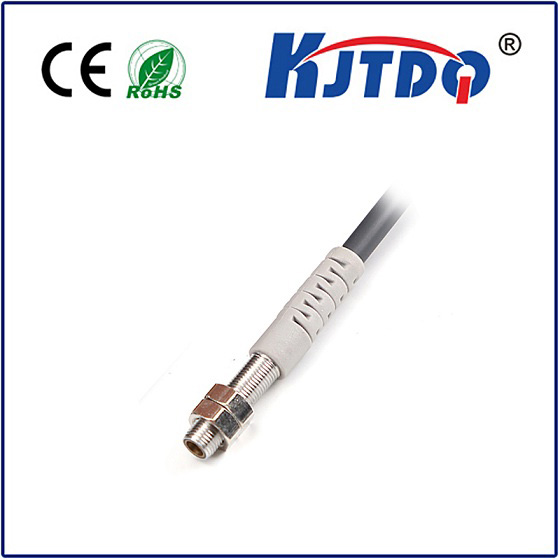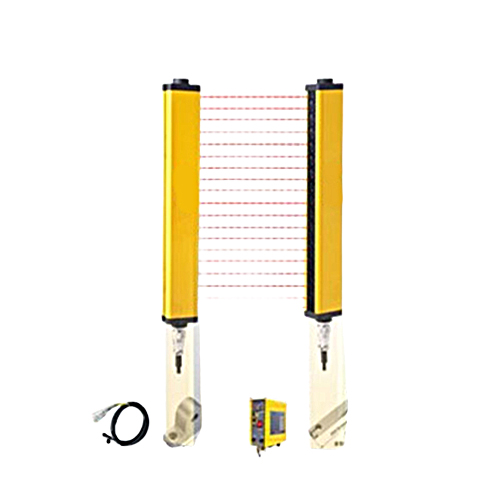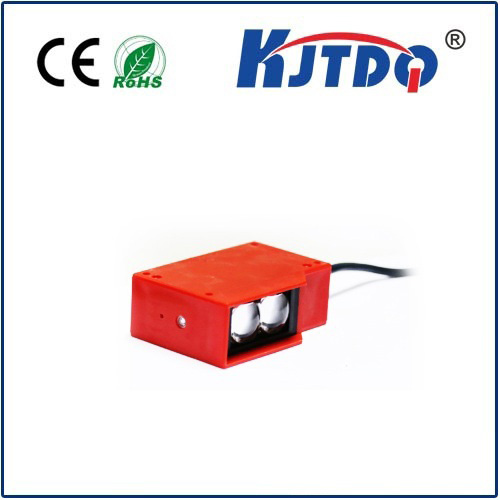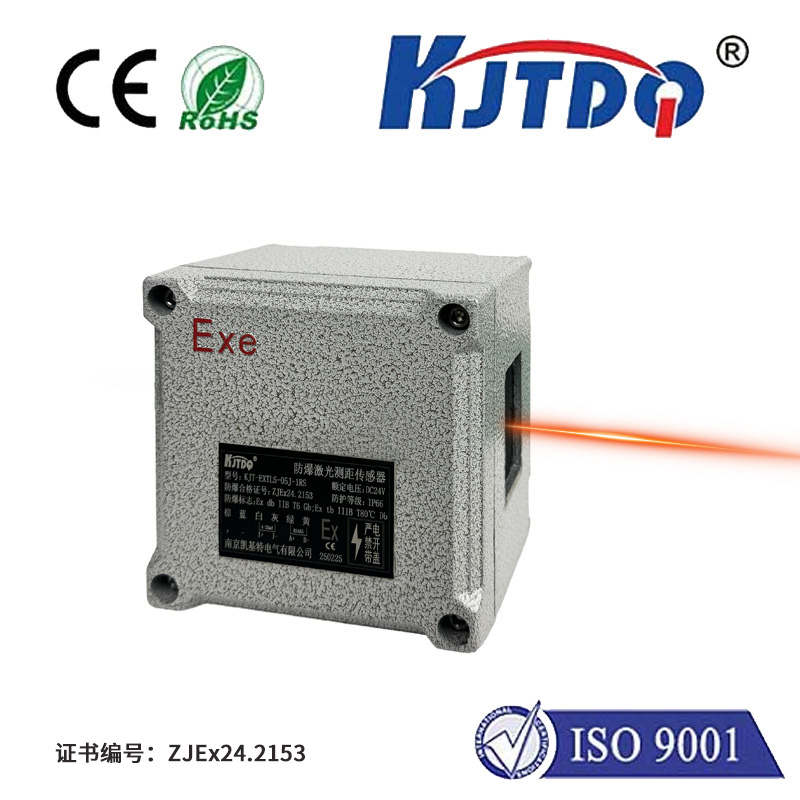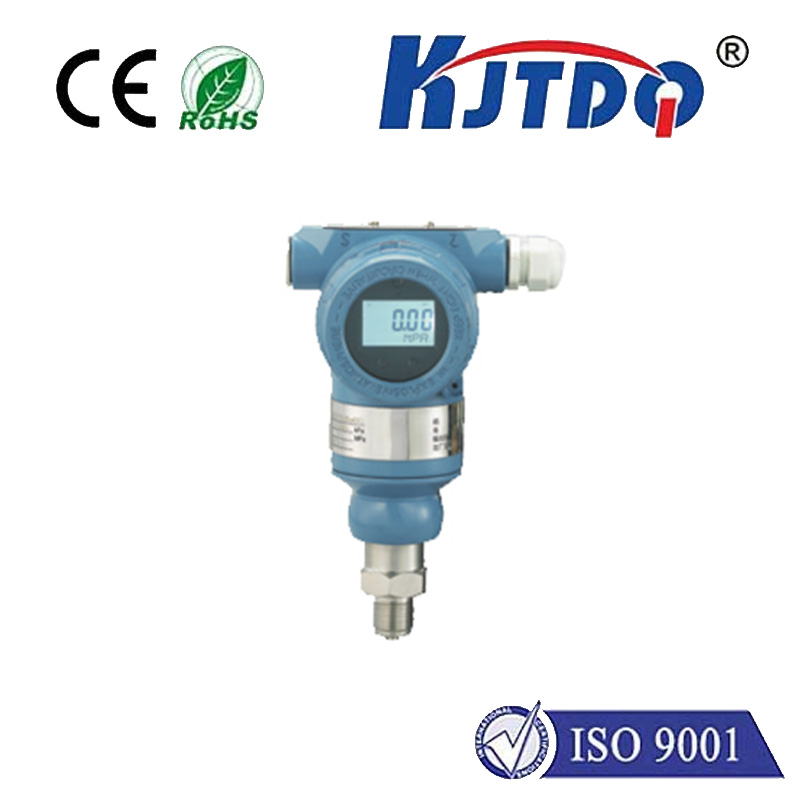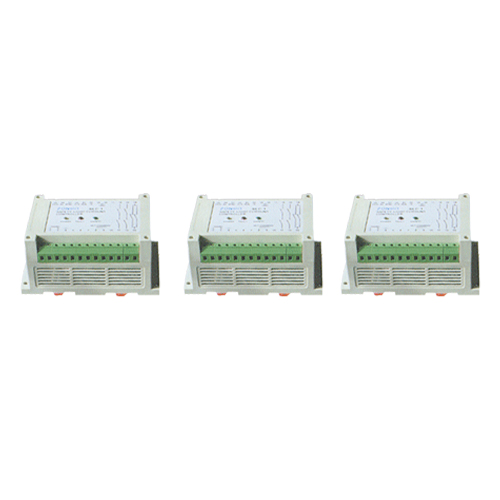

check

check

check

check

check

check

check

check

check

check
Laser-Based Vibration Sensor Operated Through Mobile
Vibration sensors are an essential part of modern industry and infrastructure, providing early warning signs of potential equipment failure or structural damage. With the advancement of technology, a new breed of sensors has emerged – laser-based vibration sensors operated through mobile devices. These innovative sensors offer improved accuracy, reliability, and ease of use, revolutionizing the way we monitor and maintain industrial machinery and infrastructure.

The laser-based vibration sensor operates by emitting a laser beam that reflects off a surface being monitored. The reflected beam is then detected by the sensor, which calculates the distance traveled by the beam to determine the amount of vibration occurring on the surface. This data is then transmitted wirelessly to a mobile device, where it can be analyzed in real-time using specialized software.
One of the key advantages of these sensors is their ability to provide highly accurate measurements of vibration across a wide range of frequencies. This is because the laser beam is able to detect even the smallest movements, allowing for more precise detection of vibration patterns than traditional sensors. Additionally, because the sensor does not require physical contact with the surface being monitored, it can be used in situations where other types of sensors would be impractical or impossible to implement.
Another benefit of laser-based vibration sensors is their ease of use. Because they are operated through a mobile device, users can easily set up and manage the sensor remotely, without needing to be physically present at the site being monitored. This makes them ideal for use in situations where access to the site may be limited or dangerous, such as in hazardous environments or on large industrial machinery.
Overall, laser-based vibration sensors operated through mobile devices offer significant improvements over traditional vibration monitoring methods. They are more accurate, reliable, and user-friendly, making them an essential tool for anyone involved in maintaining industrial machinery or infrastructure. As technology continues to advance, we can expect these sensors to become even more sophisticated and widely adopted, helping to improve safety and efficiency across a range of industries.
